| Author |
Message |
    
Norman Narmore
New member
Username: normann
Post Number: 3
Registered: 01-2016

| | Posted on Wednesday, August 24, 2016 - 05:25 pm: | 




|
I posted this on the Palmer Serial Number page which was probably off topic so I will repost here. I have a great running P60 on my 24' R.D. Culler "Fantail Launch" that I would like to date. All that is left of the tag on the original exhaust manifold is the two brass screws that once held the ID. There two stamped casting numbers on the block below the valve cover. Hope someone can give me some insight to the date of manufacture.
Also, If anyone has a photograph of the pre-Thermo Electron P-60, manifold ID tag to share, I would like to reproduce a couple for me and probably a few more for the group.
The stamped #'s on the starboard side of engine:
UCUBM 10965 L
355741R6
Thank you for any help!
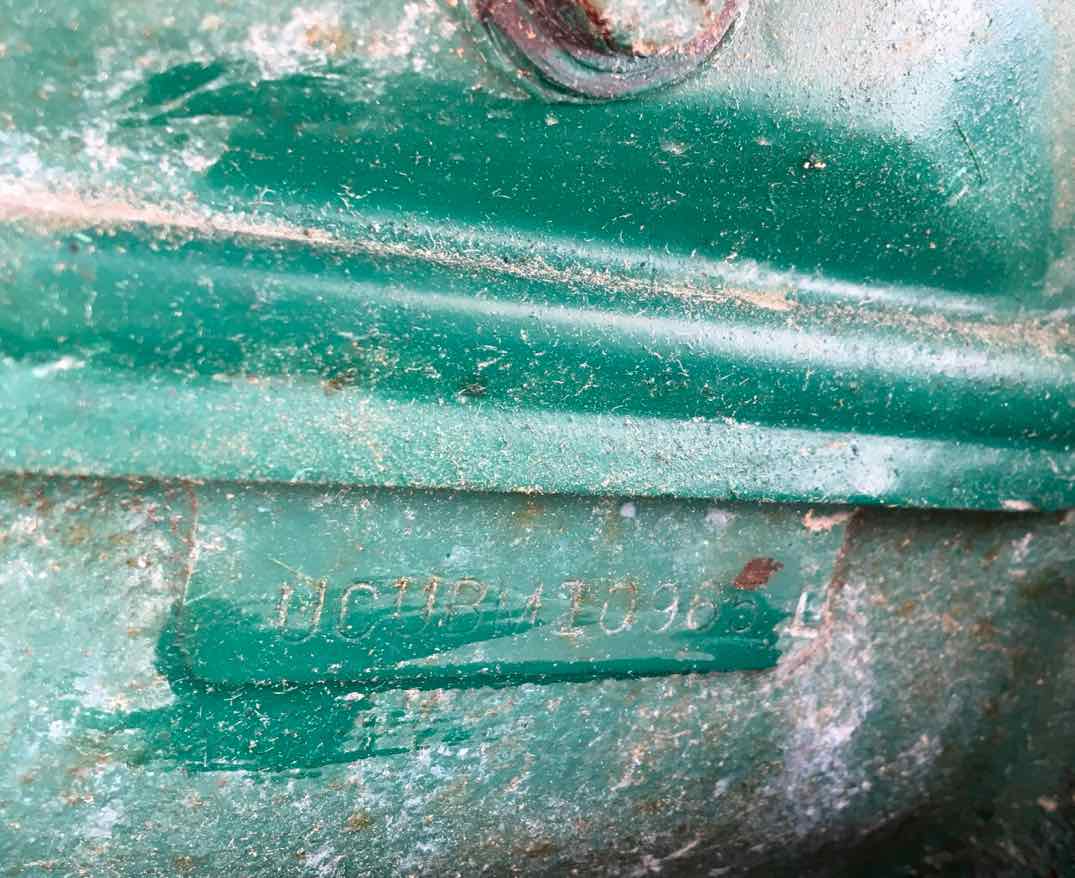
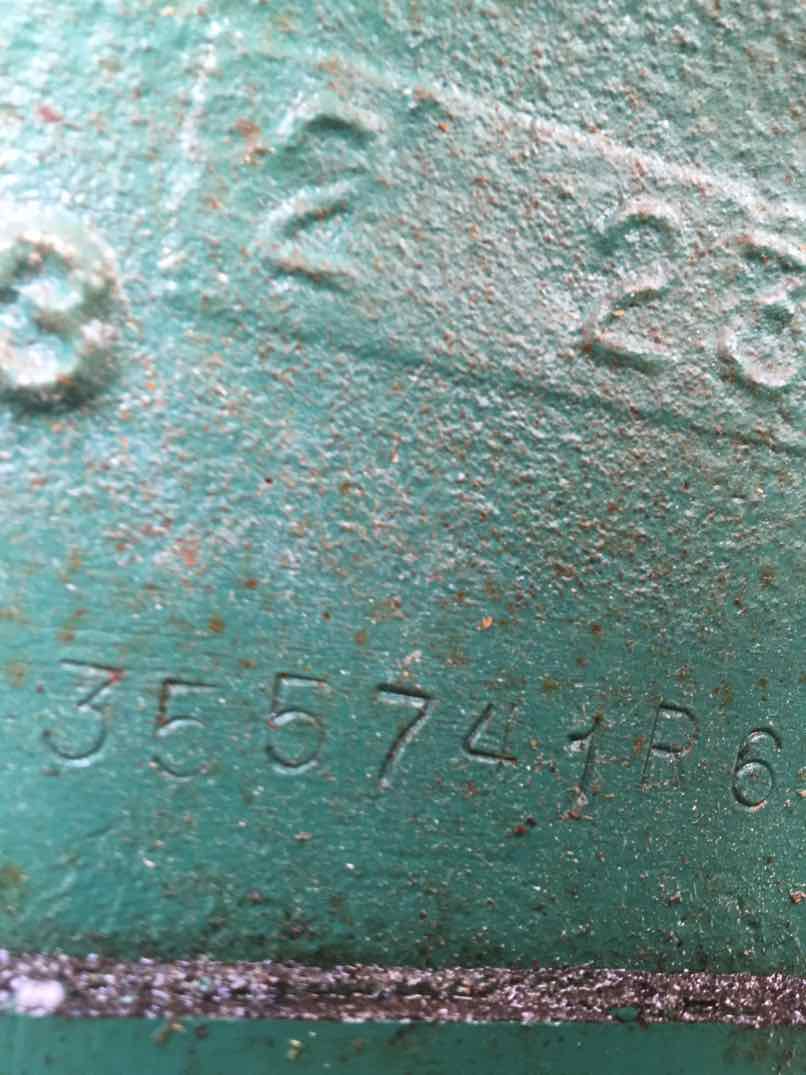 |
    
David Grosse
Senior Member
Username: davidg
Post Number: 59
Registered: 11-2010
| | Posted on Thursday, August 25, 2016 - 04:14 pm: | 




|
Hi Norman,
I believe that the engine you have is an M60 which is an earlier model, and that the key to dating it is the casting date "2 23 ?". Engine castings of that period were typically dated this way, and blocks in my shop have a letter designation (?) such as L, R, X for the year. I have not figured how these letters relate to a casting year yet, but someone may know. Your engine was likely cast February 23 of whatever letter year shows up after the "23" on your block.
The other stamped numbers (as opposed to cast numbers) are the serial number and the part number for the engine block.
Please let me know what the letter is that follows "23".
David |
    
Norman Narmore
Member
Username: normann
Post Number: 4
Registered: 01-2016

| | Posted on Thursday, August 25, 2016 - 04:36 pm: | 




|
Hello David,
Great information that is likely to help many more people that find themselves in the same situation.
The last letter in the sequence is "N"
Hard to see in the photo but easier to actually see.
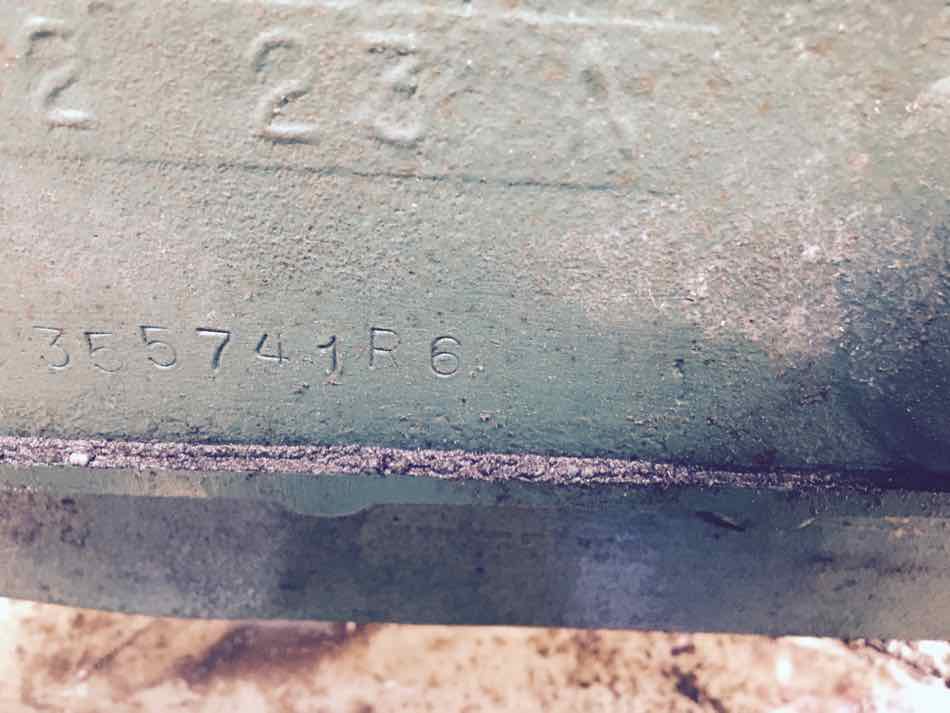 |
    
David Grosse
Senior Member
Username: davidg
Post Number: 60
Registered: 11-2010
| | Posted on Thursday, August 25, 2016 - 04:56 pm: | 




|
Norman,
I thought I might have the key with an engine that just came in. It had a brass tag on the manifold and was reported to be a 1968 engine. When I get the tag cleaned up, I can post a picture.
However the engine # on the tag "46295 8" did not match the number on the block "UCUBM 11284 L" with a block casting date code of "8 9 O".
So the manifold may have been a 1968 from the "8" stamp, but the engine code "O" (not zero) does fit nicely into the sequence of L N O R X, but we don't have the key yet. I will work on this and see if I can tie the letters to a year.
Also, the later year engines "P" 60's used the extension of XL on their block numbers rather than just "L".
David |
    
Norman Narmore
Member
Username: normann
Post Number: 5
Registered: 01-2016

| | Posted on Thursday, August 25, 2016 - 09:53 pm: | 




|
For those of you that looked at the picture and thought that I do not know my Alphabet, You might be right! A second look and a better photo makes me think it is 2 - 23 - ' A ' . I hope someone can shed some light on this mystery, or maybe let us know if you can read your casting code and have an ID tag plate. Unfortunately the casting code is directly behind the carburetor.
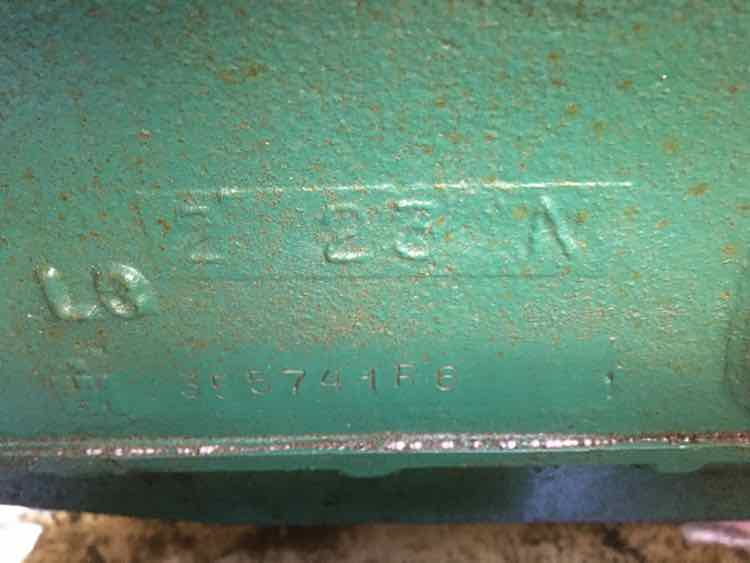 |
    
Norman Narmore
Member
Username: normann
Post Number: 6
Registered: 01-2016

| | Posted on Thursday, August 25, 2016 - 10:49 pm: | 




|
David, thank you for all this valuable information and for taking the time to share your knowledge with this group. I hope the picture above and my thoughts below don't muddy up the thought process. I guess we also have to figure that even the newest Palmer Engines are now nearly 50 years old. Someone it the past could have rebuilt any P60 engine a couple times and without documentation,its probably difficult to be sure when an original block was replaced with a tractor block. Marine iron can have a hard life. In my case the engine has been in the same boat for 30 years. The ticket for the engine overhaul some years ago specifies all the parts replaced but doesn't mention the block but who knows before that? I am not too worried about definitively solving the meaning of the date codes. I am enjoying the mystery though... Excited that you might have a tag to copy too.. NN |
    
David Grosse
Senior Member
Username: davidg
Post Number: 62
Registered: 11-2010
| | Posted on Tuesday, August 30, 2016 - 02:20 pm: | 




|
Hi Norman,
Someone was kind enough to pass along the engine block date codes to me, and I have put them up on my website www.BoatCityYachts.com under David's Yacht Service, and Palmer 60 engines.
Regards,
David |
    
Norman Narmore
Member
Username: normann
Post Number: 7
Registered: 01-2016

| | Posted on Tuesday, August 30, 2016 - 03:21 pm: | 




|
Gosh David, what terrific information! You have helped me narrow down the manufacturing date of my engine from 'I don't have a clue" to the fact that I have one of the earliest C, M or P60's or one of the latest, 1955 or 1977!
I hope someone can help me decide which one. For sure, if any part of the engine is attached with a nut or bolt, it might not be an original part and my engine has a late model carb but an early model starter. I'm not sure about the 12 volt alternator.
Can anyone shed some insights to differences between the late and early block castings?
Thank you David for your continuous support of all P60 owners and all your contributions to understanding more and more about these wonderful machines! |
    
David Grosse
Senior Member
Username: davidg
Post Number: 63
Registered: 11-2010
| | Posted on Tuesday, August 30, 2016 - 04:50 pm: | 




|
Norman,
The manifold may help date it. The earlier manifolds all said International or Palmer in big block letters across the outside. The newer manifolds just have the Palmer flag. It is not likely that anyone put an old manifold on a newer engine, but is is possible that some updated an older with a newer manifold. So that is helpful but not for sure.
Also, the older engines used the Jabsco AL41 water pump, instead of the Sherwood E20.
I have an older style engine with a serial number of UCUBM 12011 L. It had an old manifold, and a Jabsco pump.
Do you have a picture of the whole engine?
David |
    
Norman Narmore
Member
Username: normann
Post Number: 8
Registered: 01-2016

| | Posted on Wednesday, August 31, 2016 - 08:44 am: | 




|
It is looking like this might be an early engine (1955), hopefully time will tell.
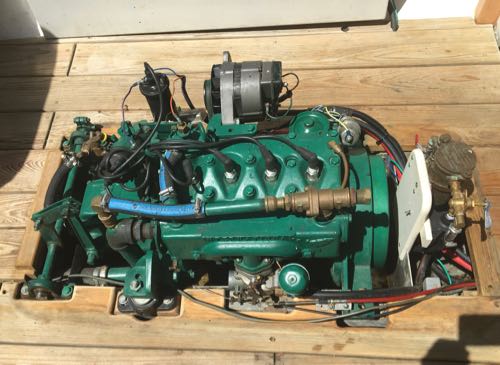
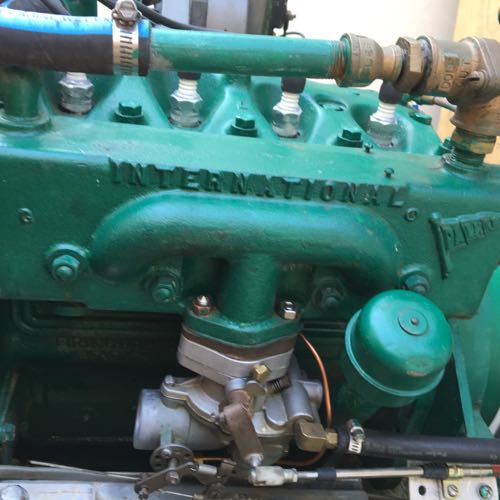
Notice the two lonely ID plate screws next to the thermostat, Sorry I forgot to show cast iron flame arrestor
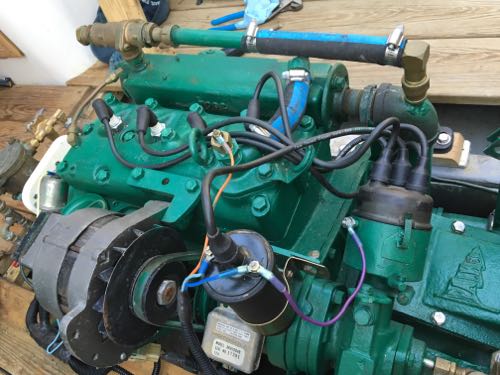
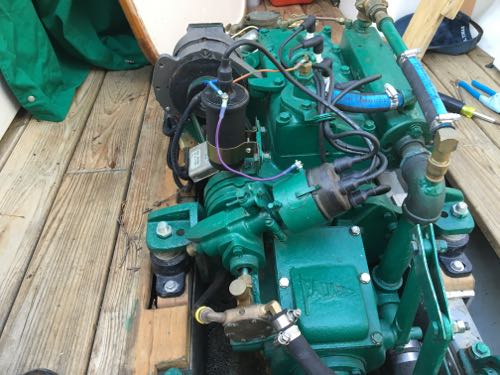
Jabsco AL-41 raw water pump, pedestal mount
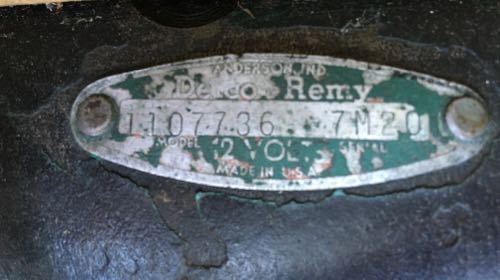
starter is older style, solenoid is not built in |
    
David Grosse
Senior Member
Username: davidg
Post Number: 64
Registered: 11-2010
| | Posted on Wednesday, August 31, 2016 - 11:18 am: | 




|
Clean looking engine.
Two things to note in cooling system:
1. Exhaust water injection is too high in exhaust line, and can back into engine valves.
2. Return line to warm up engine not used. Hopefully there is not a thermostat in housing to prevent water flowing until warm.
David |
    
Norman Narmore
Member
Username: normann
Post Number: 9
Registered: 01-2016

| | Posted on Wednesday, August 31, 2016 - 10:09 pm: | 




|
It is nice to be able to remove the cover and engine box and have almost everything exposed.
The engine only has about 30 hours since a complete overhaul and I don't know how long it has the existing setup but the boat is 30 years old this summer.
I offer the following observations which in no way should be considered an argument to David's comment.
Mr. Grosse has forgotten more than I will ever know and I'm way too old to ever hope to acquire as much experience.
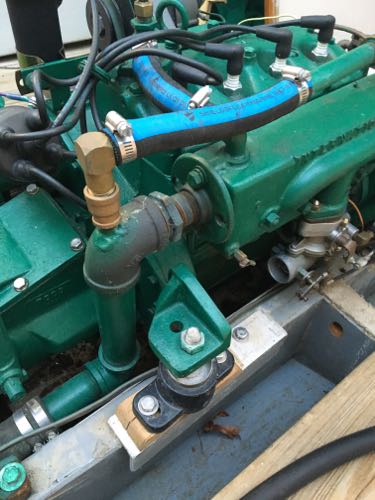
1. The return water hose is connected to the top of a 6 inch long, �" NPS pipe welded to a hole in the 1�" 90 degree ell exhaust pipe. The water is injected 4 or 5" below the engine exhaust manifold flange. This seems to work OK. Do you think it should be re engineered with some sort of riser for the long term? I am actually motivated to replace the rusty iron pipe with red brass or stainless. The picture doesn't show well but the only paint affected by heat discoloration ls the welded fittings above the water injector. The pipe below the elbow is still looking fresh.
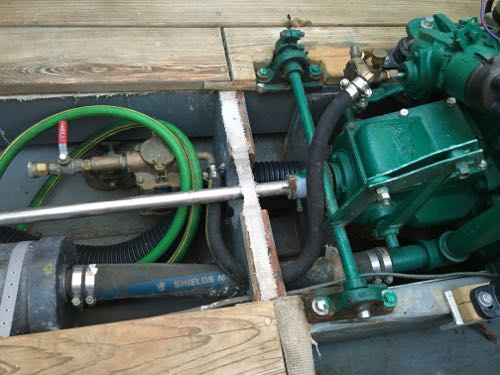
2. At first, the lack of the bypass line worried me. Even though I am inclined to be a proponent of "Fix things until they are broken," I have not checked to see if there is a thermostat in the fixture, but I doubt it. I will say that the engine starts in about a revolution or two and runs very strong and cool. maybe too cool. The water temperature gauge hardly ever goes over 120 but will climb to 130 when run hard (2200 rpm @ 7 knots trying to out run a storm) for a hour or so. I can't vouch for the accuracy of any of the gauges but the engine compartment is only warm after an outing when opened up to turn off the fuel tanks. The spark plugs look good even though I suspect the carb is running rich because a choke is never needed to cold start if the fuel lines are still primed.
This boat lived in South Florida all its life and was only used in salt or brackish water. The PO flushed the system after every use, probably not so much because there was fresh water hose handy, but because it was also engineered to be very easy. The raw water seacocks, filters and hoses all appear to be the original routing but there is an extra hole near the filter, so I really don't know.
David, I mention all this to inform, and If your experience recommends a bypass hose and thermostat to improve the current setup I'll start drilling some more holes to make it happen. Thanks for any directions, I'm sorta swimming in unchartered waters !
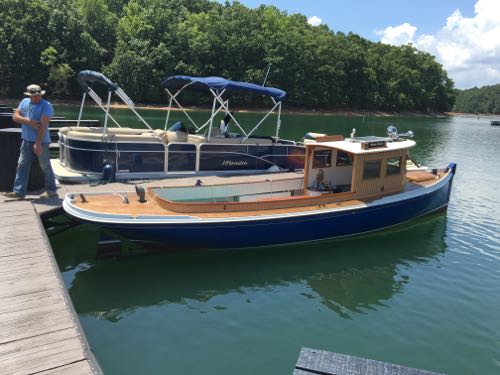
In case you are wondering what the little engine is pushing,
24' Fantail Launch designed by R.D. Culler |
    
David Grosse
Senior Member
Username: davidg
Post Number: 70
Registered: 11-2010
| | Posted on Friday, September 09, 2016 - 07:26 pm: | 




|
Hello Norman,
Very Nice Launch!!
If the water injection pipe extends down inside the exhaust piping 6" below where it enters the exhaust pipe elbow, that sounds like a great solution to a tight space problem.
Also sounds like the engine does fine without a warm up line. I am not a big thermostat fan anyway, for southern waters.
Good luck with her.
David Grosse
David's Yacht Service |


